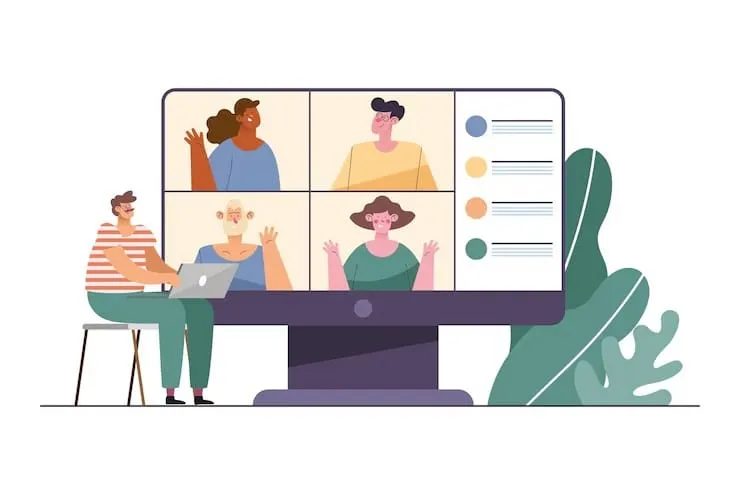Suporte SaaS baseado em IA: melhorando a eficiência e o atendimento ao cliente
Neste artigo, vamos descobrir se e como o suporte SaaS baseado em IA pode reinventar o fluxo de trabalho de atendimento ao cliente no setor atual.

✅ Free meeting recording & transcription
💬 Automated sharing of insights to other tools.

A eficiência do atendimento ao cliente é tudo em uma empresa.
Se você administra sua marca e seu atendimento ao cliente não é tão ativo quanto deveria, há uma chance de que demore algum tempo até que se torne um sucesso.
Criação de um fluxo de trabalho contínuo para atendimento ao cliente pode ser um desafio com um humano fazendo isso.
É aqui que entra o suporte SaaS baseado em IA.
Mas qual é essa solução?
É uma tecnologia usada no atendimento ao cliente em plataformas de serviços de software baseadas em nuvem. Essa convergência visa tornar o processo de suporte mais rápido, preciso e melhor para os usuários em geral.
Há muitos benefícios ao usar essa tecnologia, como:
- Tempos de resolução mais rápidos porque as respostas da IA acontecem imediatamente
- Respostas e soluções que são sempre as mesmas
- A ajuda 24 horas por dia, 7 dias por semana, está disponível sem a necessidade de contratar pessoas para trabalhar 24 horas por dia
- O sistema de IA continua aprendendo e melhorando porque absorve informações de cada encontro
- Melhore a experiência do usuário na web reduzindo os tempos de espera e fornecendo respostas mais precisas
Neste blog, aprenderemos mais sobre como o suporte SaaS baseado em IA pode reinventar o fluxo de trabalho de atendimento ao cliente, o estado atual do suporte a SaaS no setor atual e como a IA pode transformar o suporte a SaaS.
Qual é a aparência do suporte SaaS no momento

Uma das áreas de crescimento mais rápido do negócio de TI são as soluções SaaS. As empresas usam cada vez mais os modelos de software como serviço (SaaS) baseados em assinaturas e colocados centralmente em uma rede de nuvem distante.
Isso está acontecendo por vários motivos, como custo e flexibilidade, impulsionando o crescimento do mercado global de SaaS. Um recente Estudo da SkyQuest Technology relata que o mercado global de SAAS valeu 143,77 bilhões de dólares em 2021. Prevê-se que cresça para 720,44 bilhões de dólares até 2028, com uma taxa composta de crescimento anual (CAGR) de 25,89% de 2022 a 2028.
Atendimento ao cliente SaaS tradicional, que pode ser pensado em graus como graduação em marketing digital online, enfrenta vários desafios que podem afetar a forma como ajudam os clientes e a satisfação deles com o serviço.
Aqui estão alguns desses desafios:
- Problemas de escalabilidade: os sistemas de suporte tradicionais podem ficar muito ocupados à medida que os usuários crescem, aumentando os tempos de reação e diminuindo a satisfação do cliente.
- Inconsistência nas respostas: se as bases de conhecimento não estiverem centralizadas e atualizadas, agentes de ajuda diferentes podem responder ao mesmo problema de forma diferente.
- Horas de suporte limitadas: os agentes humanos geralmente são essenciais nos sistemas tradicionais, o que significa que as horas de ajuda são limitadas e o sistema está disponível apenas algumas vezes.
- Tempos de resposta atrasados: dependendo de pessoas reais, isso pode causar atrasos, especialmente em horários de pico ou quando há muitas perguntas de ajuda.
- Altos custos operacionais: quando você precisa de ajuda 24 horas por dia, depender menos de agentes humanos pode aumentar seus custos operacionais.
Expectativas dos usuários modernos
Atualmente, os usuários estão acostumados a rápidas mudanças tecnológicas e a um mundo digital que está sempre conectado, portanto, eles têm altos padrões de suporte a SaaS. As empresas de SaaS devem atender a esses padrões para manter os clientes, produzir mais vendase construa fidelidade à marca.
Há expectativas importantes dos usuários que eles gostariam de ver nas empresas de SaaS, como as seguintes:
- Respostas imediatas
- Disponibilidade 24/7
- Suporte personalizado
- Suporte omnicanal
- Opções de autoatendimento
- Suporte proativo
- Comunicação transparente
- Roteamento efetivo de tíquetes
- Mecanismos de feedback
No final das contas, os usuários modernos de SaaS querem que a ajuda seja rápida, eficaz, personalizada e disponível em vários canais, sem deixar de ter um toque humano e atencioso.
O potencial da IA no suporte a SaaS
Diz-se que adicionar IA ao SaaS muda e melhora a forma como o atendimento ao cliente funciona de várias maneiras.
Esta é uma visão completa das possibilidades que a IA tem nessa área:
Identificação e resolução proativas de problemas
A IA pode encontrar possíveis problemas antes que eles se tornem grandes com a análise preditiva. Isso permite que as pessoas ajudem e intervenham antes que as coisas piorem.
Personalização aprimorada para usuários
Para oferecer a cada usuário uma ajuda personalizada que faça com que eles se sintam compreendidos e valorizados, a IA pode analisar dados anteriores e ver como cada usuário se comportou. Por exemplo, ferramentas de automação como Sure Gatilhos pode enviar respostas personalizadas aos usuários com a ajuda do ChatGPT.
Alocação eficiente de recursos e economia de tempo
Por meio da automação de tarefas rotineiras e da menor necessidade de intervenção humana, a IA pode economizar muito dinheiro ao longo do tempo.
Respostas automatizadas e chatbots
Trabalhar com a IA é um esforço transformador para aprimorar o fluxo de trabalho organizacional.
Sua marca tem chatbots? Mas antes de mais nada, vamos primeiro discutir o que são chatbots.
O que são chatbots?
Chatbots, também chamados de”bots“ou”chatterbots”, são programas de computador feitos para falar como pessoas reais. Eles podem conversar com pessoas em um idioma natural, como o inglês, e podem ser usados em sites, aplicativos de mensagens e outros lugares.
Diferentes tipos de chatbots são conhecidos hoje em dia, como baseado em regras e Alimentado por IA. Ambos têm funções de acordo com sua usabilidade.
É melhor entender como a integração de chatbots e respostas automatizadas pode aumentar a eficiência do fluxo de trabalho. Por causa disso, há efeitos significativos em muitas áreas. Eles fazem com que as coisas funcionem com mais facilidade, reduzem o trabalho manual e tornam tudo mais eficiente em geral, especialmente quando combinados com IA conversacional.
Você também pode integrar vídeos ao seu chatbot para agilizar o atendimento ao cliente. Os vídeos podem acelerar os tempos de resposta e aumentar a clareza da comunicação entre o cliente e a equipe de suporte. Usando um Software de conversão de texto em fala com IA, você pode até mesmo automatizar o processo de criação e obter vozes humanas reais para responder às dúvidas dos clientes.
Quando implementado com cuidado, fluxos de trabalho automatizados e os chatbots podem melhorar significativamente a eficiência dos processos de trabalho — melhorar as experiências dos usuários e dos funcionários e tornar as operações mais eficientes leva a uma maior satisfação e melhores resultados.
De acordo com o estatísticas mais recentes, todo profissional de marketing deve estar ciente do seguinte:
- Na maioria das vezes, chatbots podem lidar com conversas completas (69% do tempo).
- 68% dos usuários como a rapidez com que os robôs respondem.
- Você pode chegar até 40% dos chatbots para responder.
- 55% das empresas que usam chatbots obtenha bons leads.
Redução de tarefas repetitivas
Existem diferentes situações em que o suporte SaaS baseado em IA pode reduzir tarefas repetitivas.
Você pode encontrar alguns casos de uso abaixo.
Classificação e roteamento de ingressos
- Caso de uso: Uma empresa recebe muitos tíquetes de suporte diariamente.
- Solução de IA: Em vez de acender os tíquetes manualmente, um sistema de IA os classifica automaticamente em grupos e envia cada um para o departamento ou especialista correto com base em seu conteúdo e contexto.
Acompanhamentos automatizados
- Caso de uso: Os usuários devem ser verificados para garantir que tudo esteja bem após a solução de um problema.
- Solução de IA: Depois que um usuário solicita ajuda, os sistemas de IA podem enviar e-mails ou mensagens automatizadas para determinar como ele reconheceu a ajuda e se o problema foi resolvido.
Manutenção preditiva
- Caso de uso: Uma plataforma SaaS armazena dados essenciais; o tempo de inatividade pode custar dinheiro.
- Solução de IA: Usando métricas do sistema e dados históricos, a IA pode prever possíveis falhas ou tempos de inatividade do sistema. Em seguida, ele pode informar a equipe com antecedência para que ela possa tomar medidas para evitá-las. Além disso, uma solução simples, como uma certificado SSL curinga para proteger um domínio primário e reduzir o tempo de inatividade também pode ser útil.
O suporte SaaS baseado em IA torna as coisas mais eficientes ao automatizar essas tarefas tediosas e liberar agentes humanos para realizar trabalhos mais interessantes, complexos e valiosos, o que significa que os usuários têm melhores experiências de suporte.
Suporte SaaS baseado em IA: o futuro da eficiência do atendimento ao cliente
Com o avanço atual da tecnologia, não é de admirar que as soluções baseadas em IA estejam se tornando uma tendência. É bom que as empresas estejam adaptando e integrando essas mudanças em seu fluxo de trabalho para criar uma solução mais eficiente para seus problemas.
O atendimento ao cliente é uma área crucial em qualquer negócio, exigindo, portanto, mais atenção. Quando você sabe como corrigir o que está faltando na área de atendimento ao cliente, você está mais preparado para encontrar uma solução adequada, como suporte SaaS com tecnologia de IA.
Se você é proprietário de uma empresa e deseja melhorar seu fluxo de trabalho de atendimento ao cliente, considere uma solução mais aprimorada que possa se adaptar às situações de trabalho.
.avif)


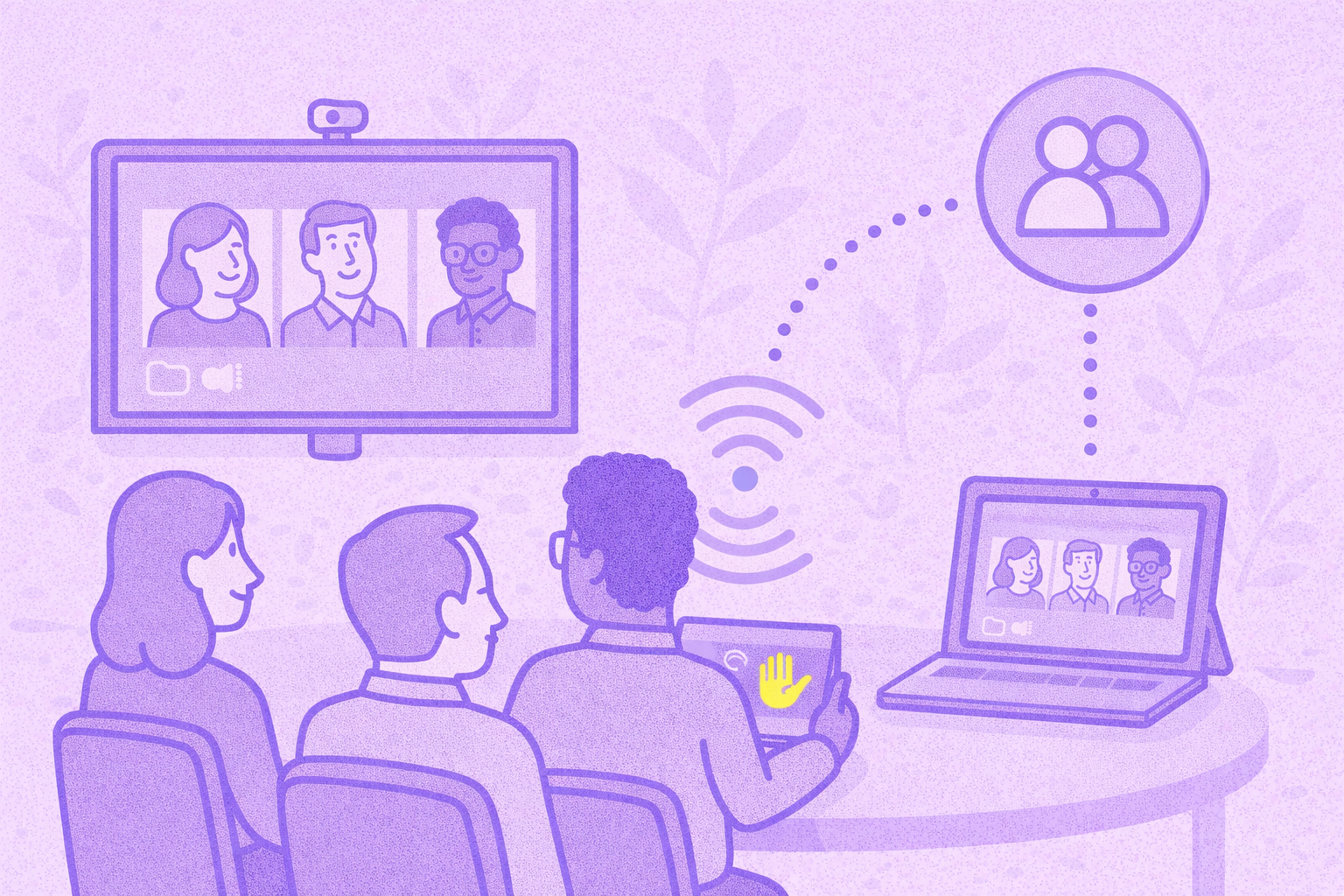
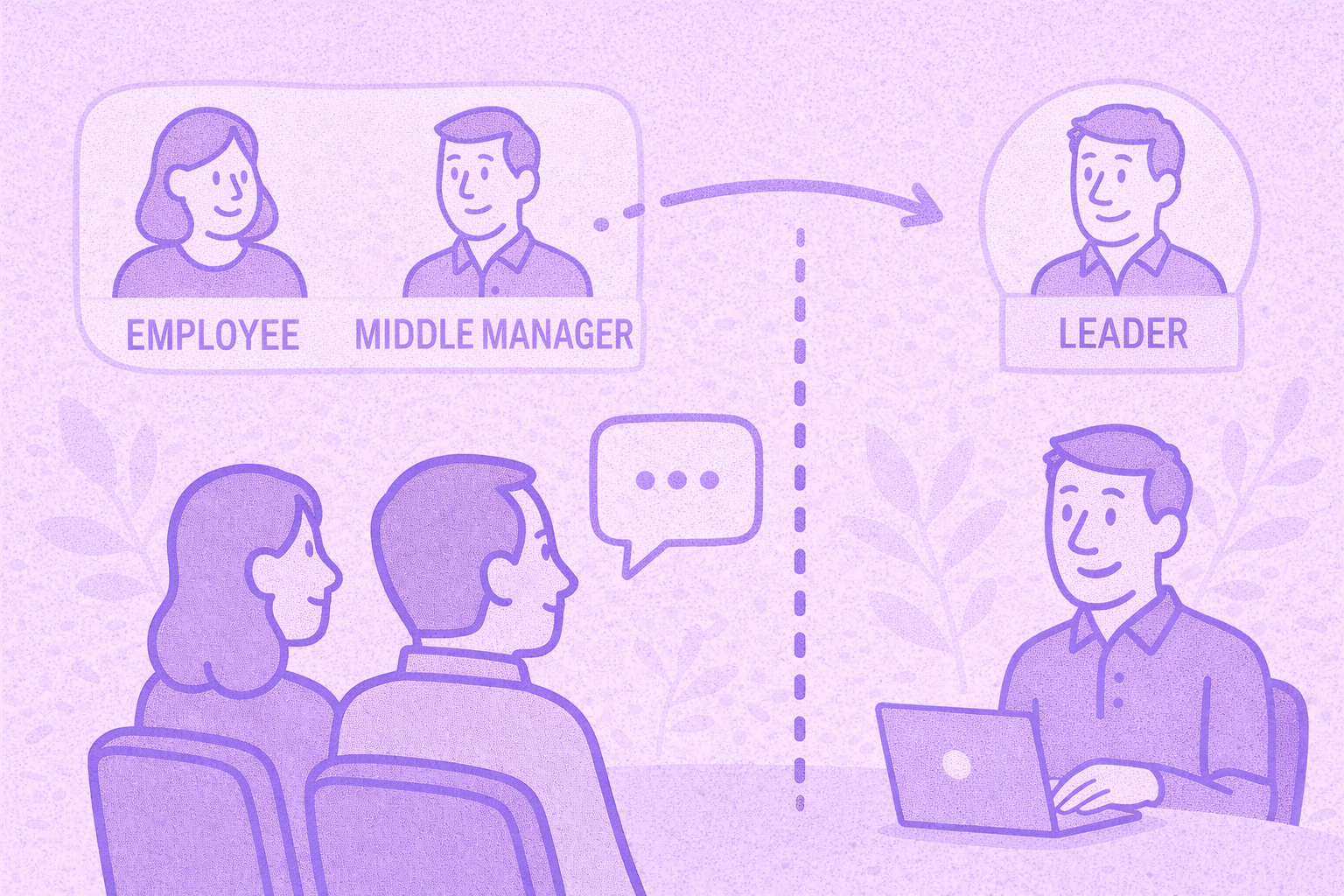


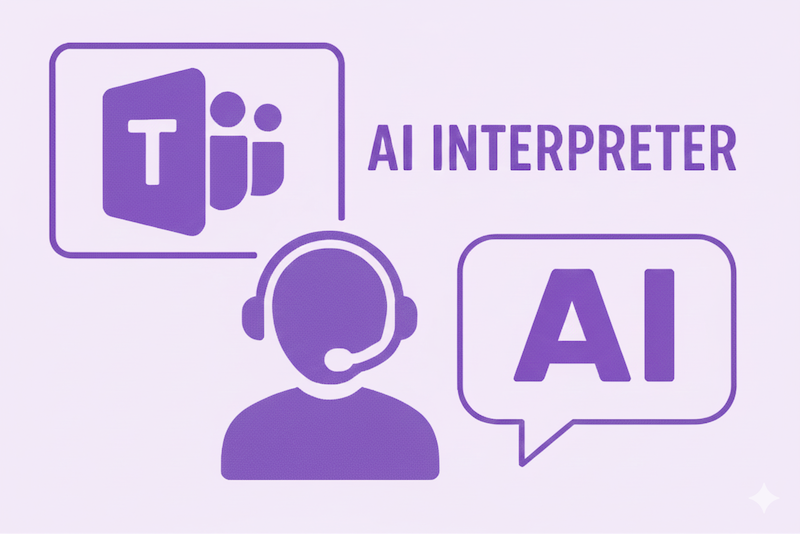




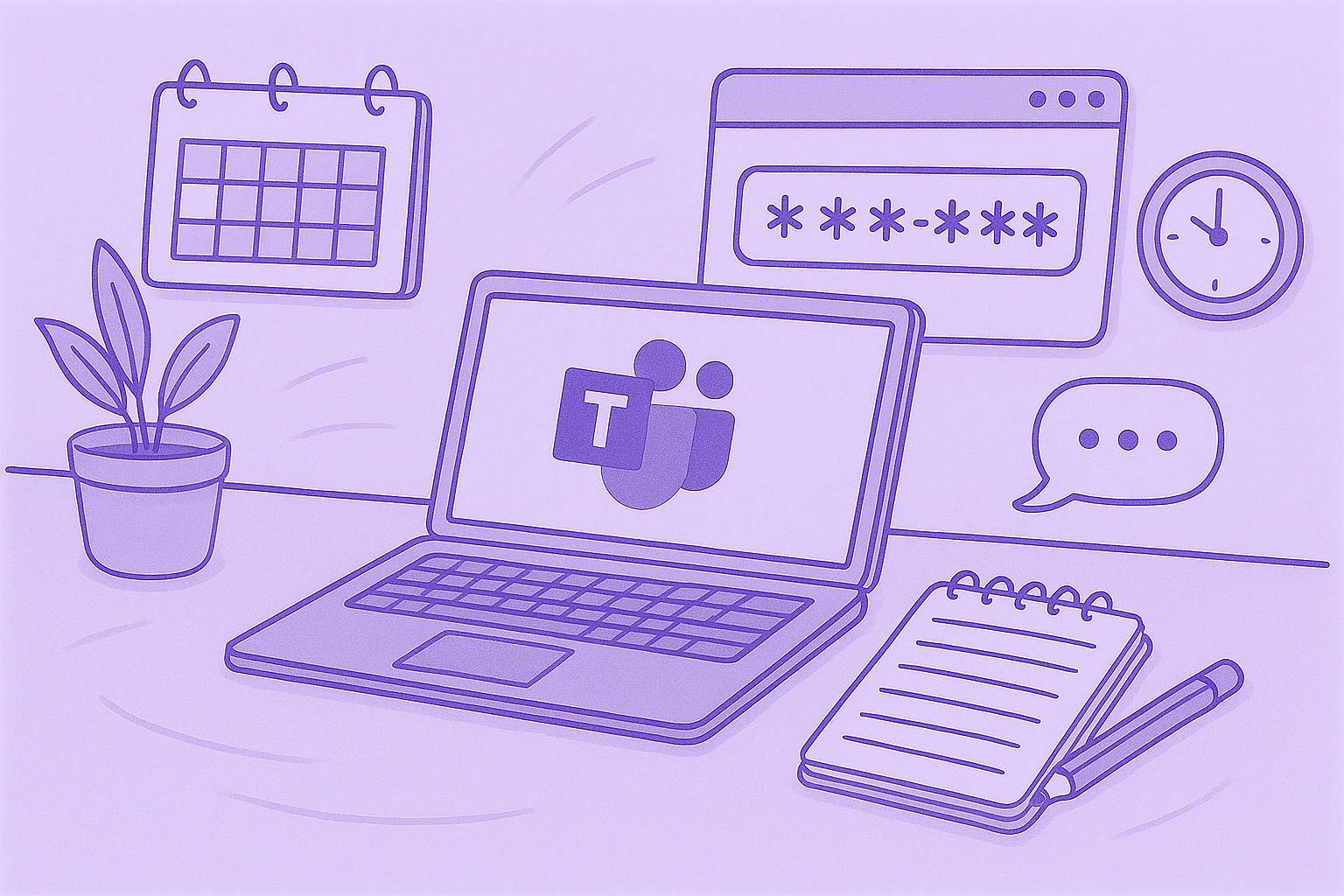

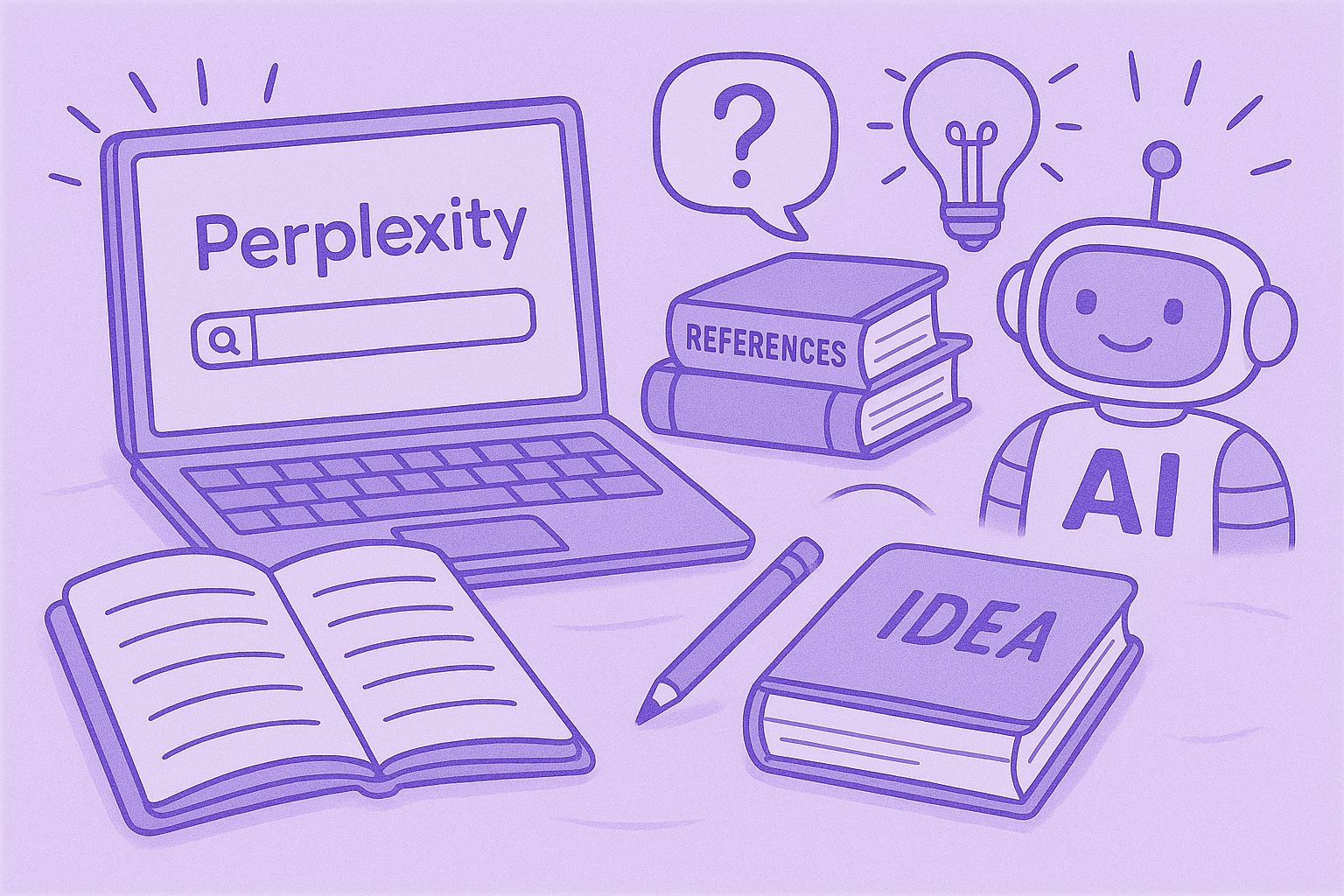


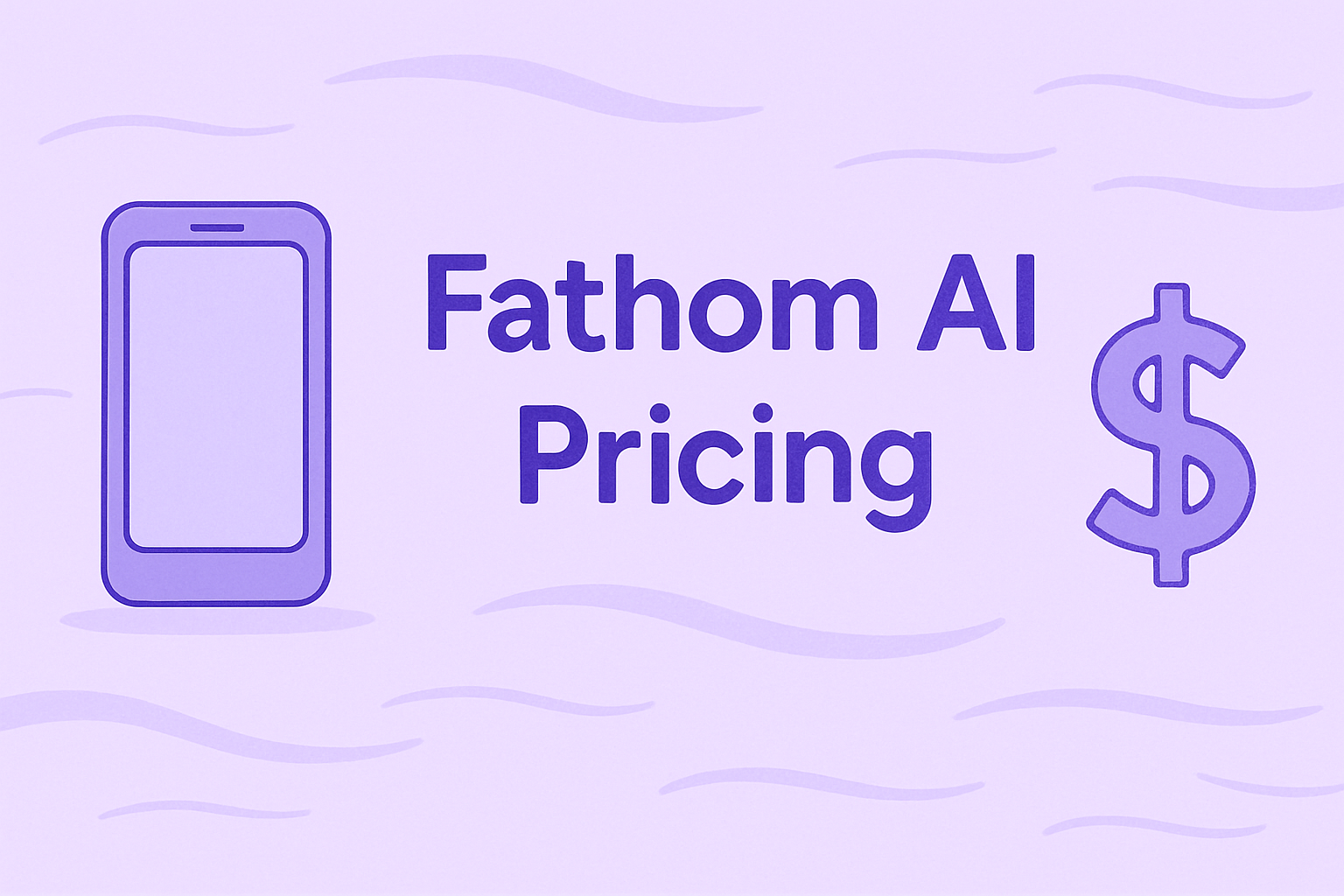










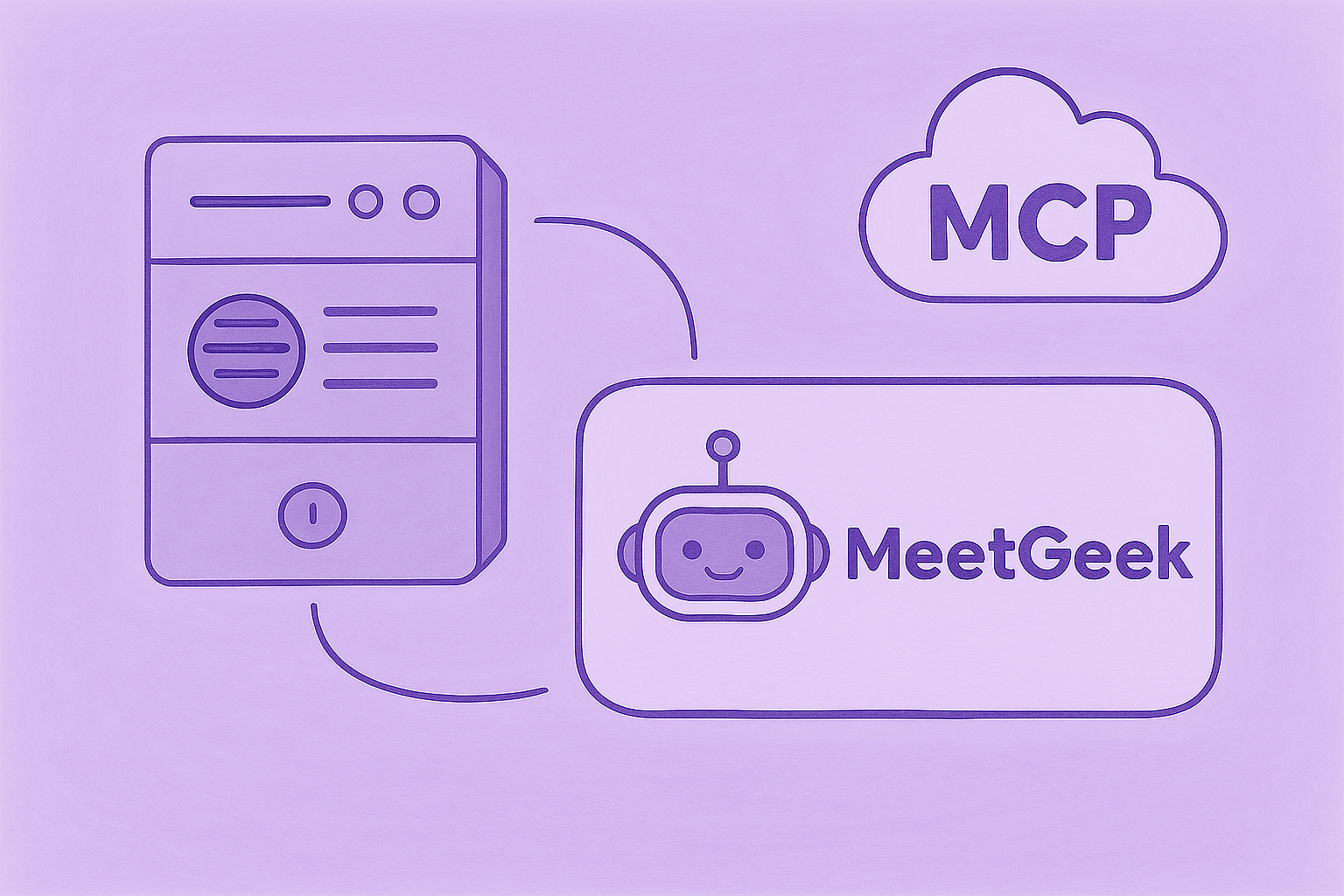


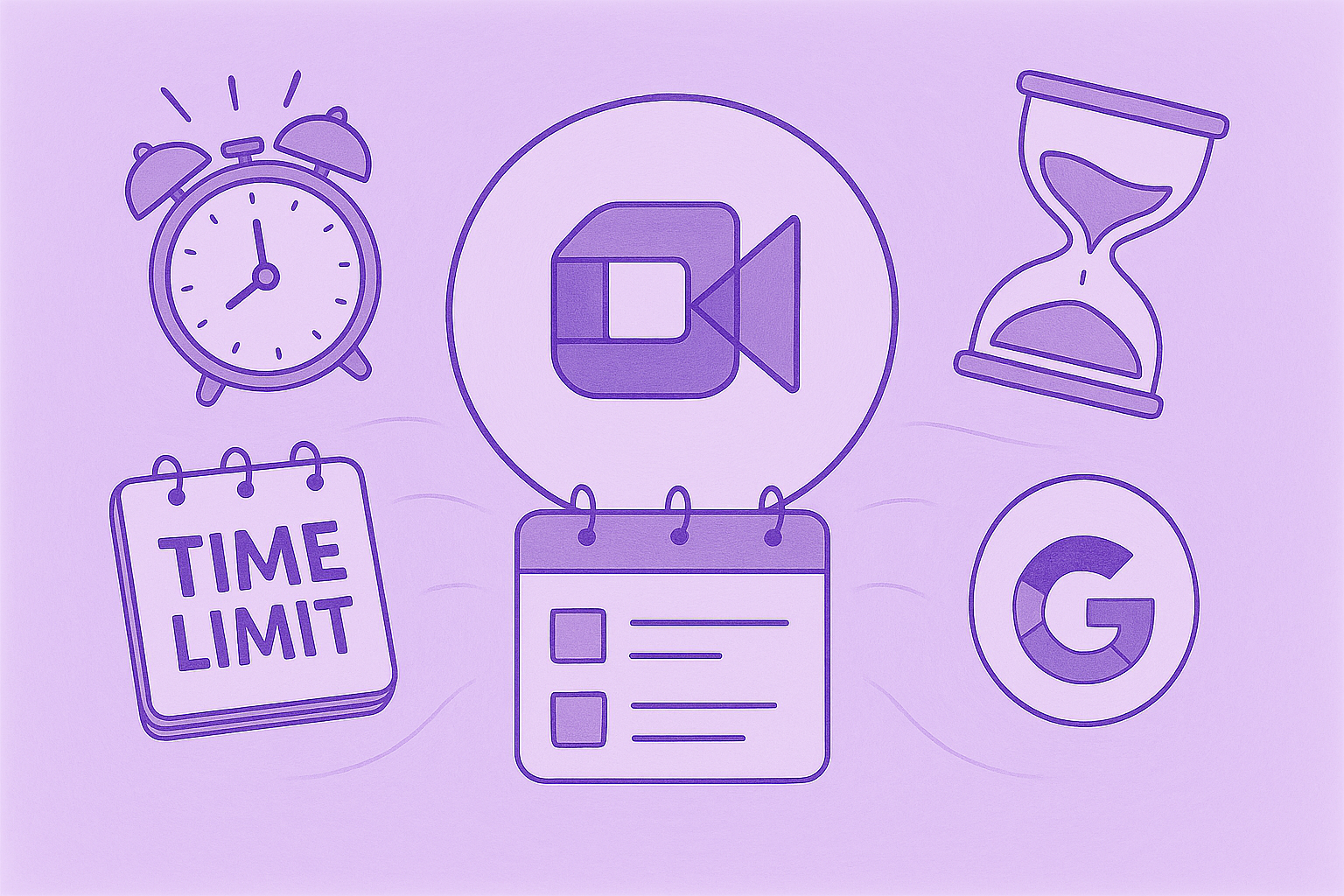

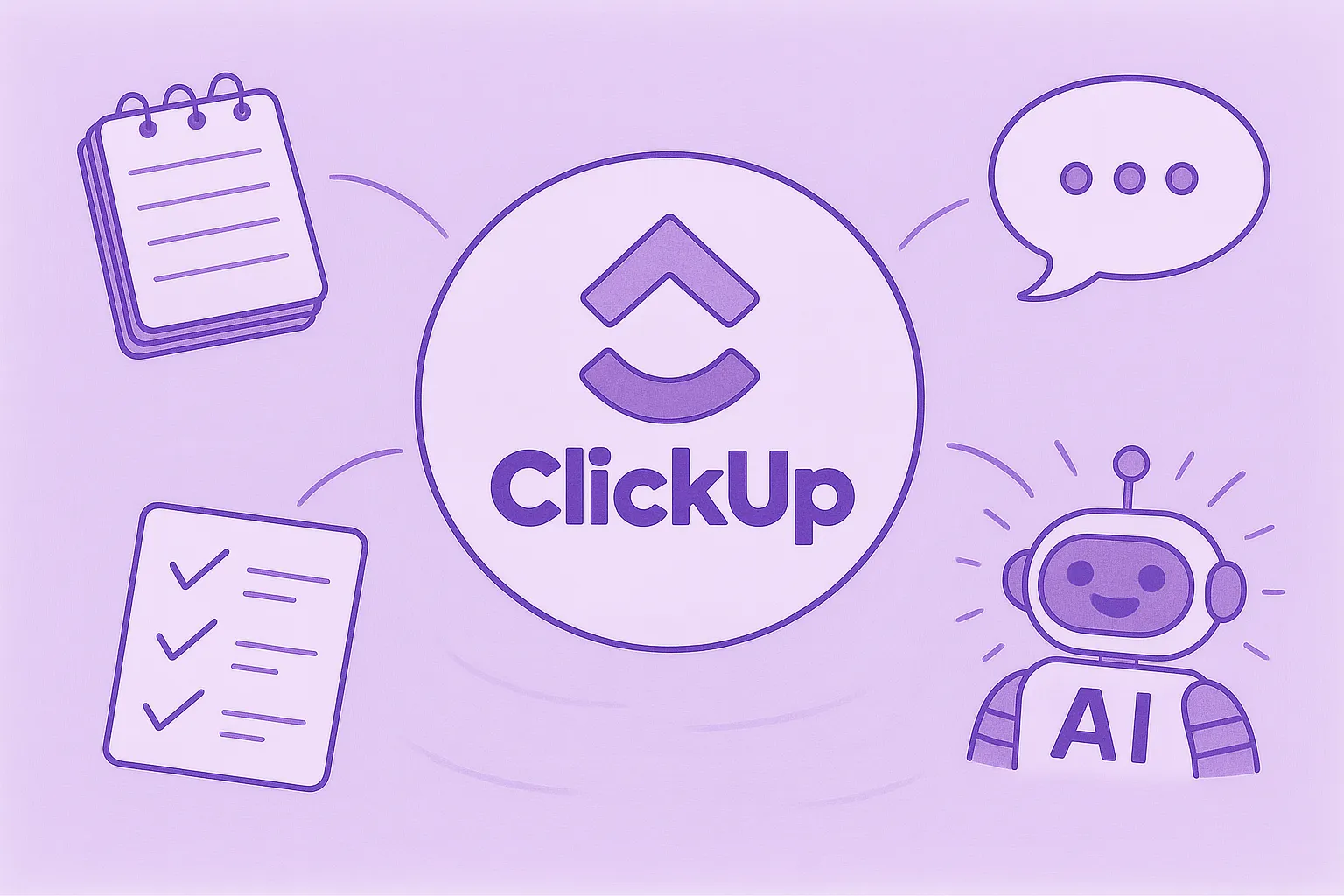
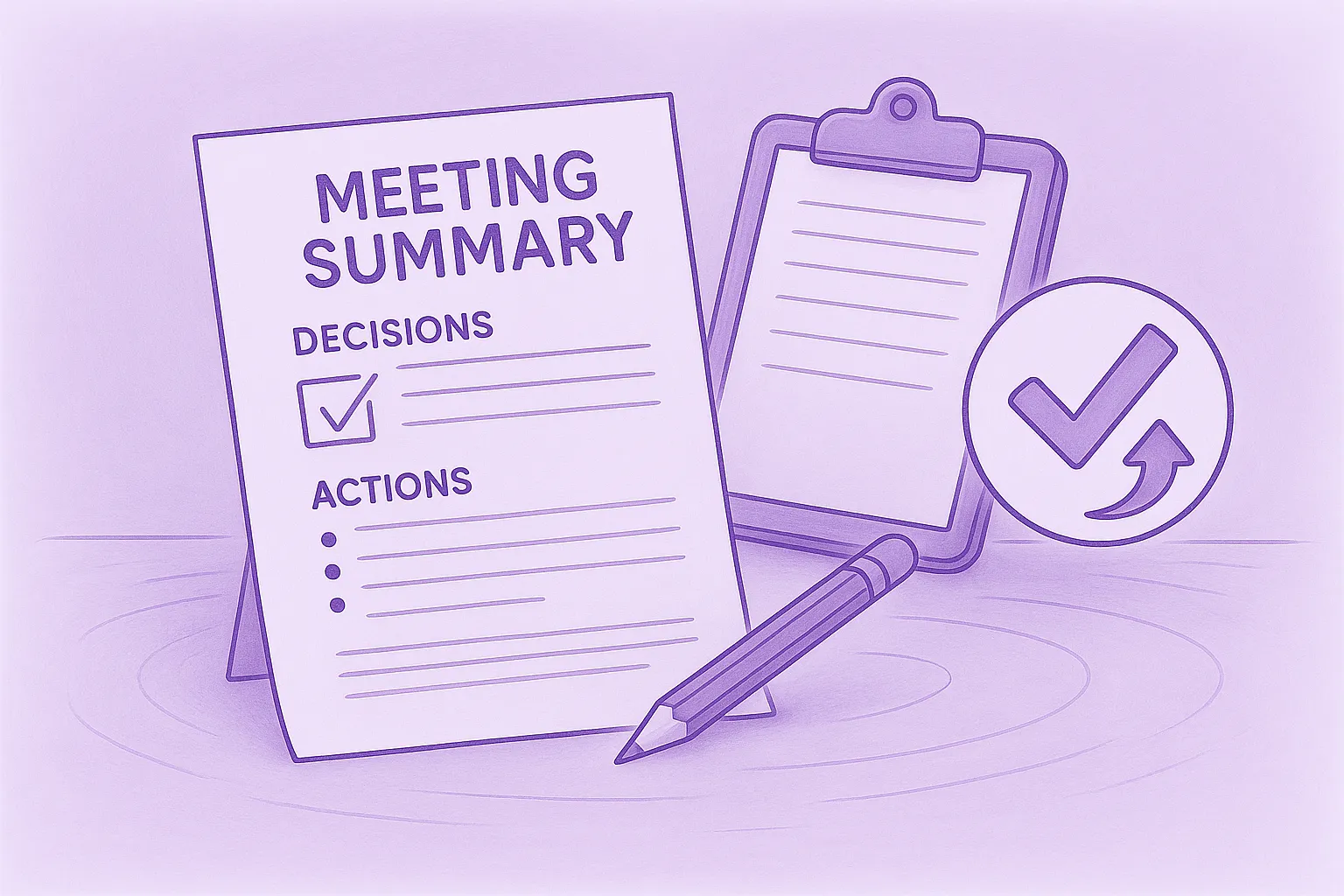

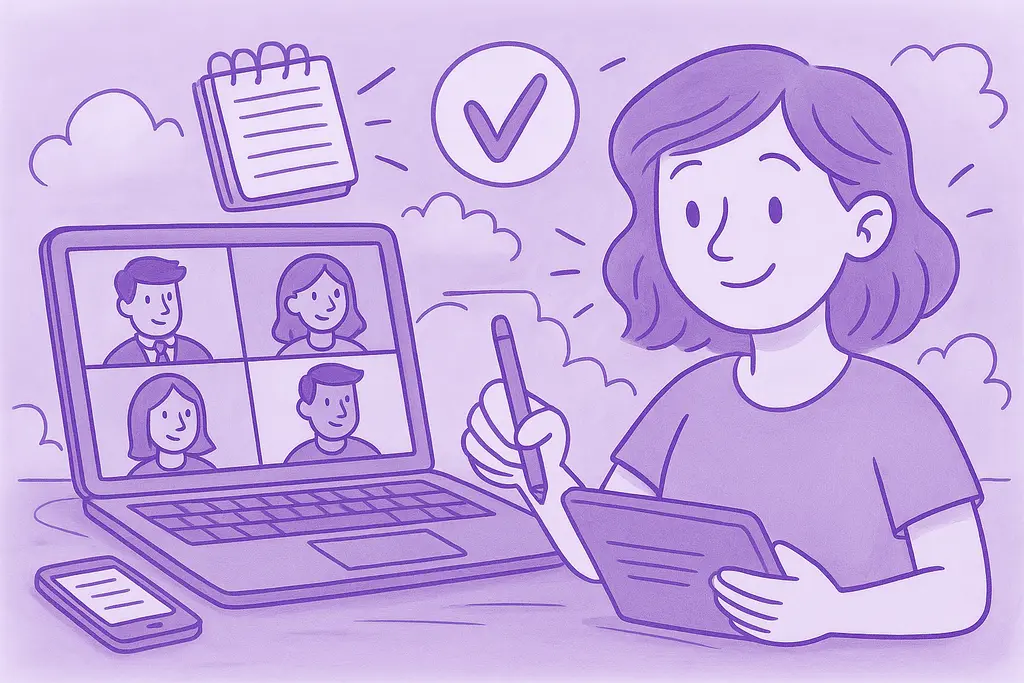














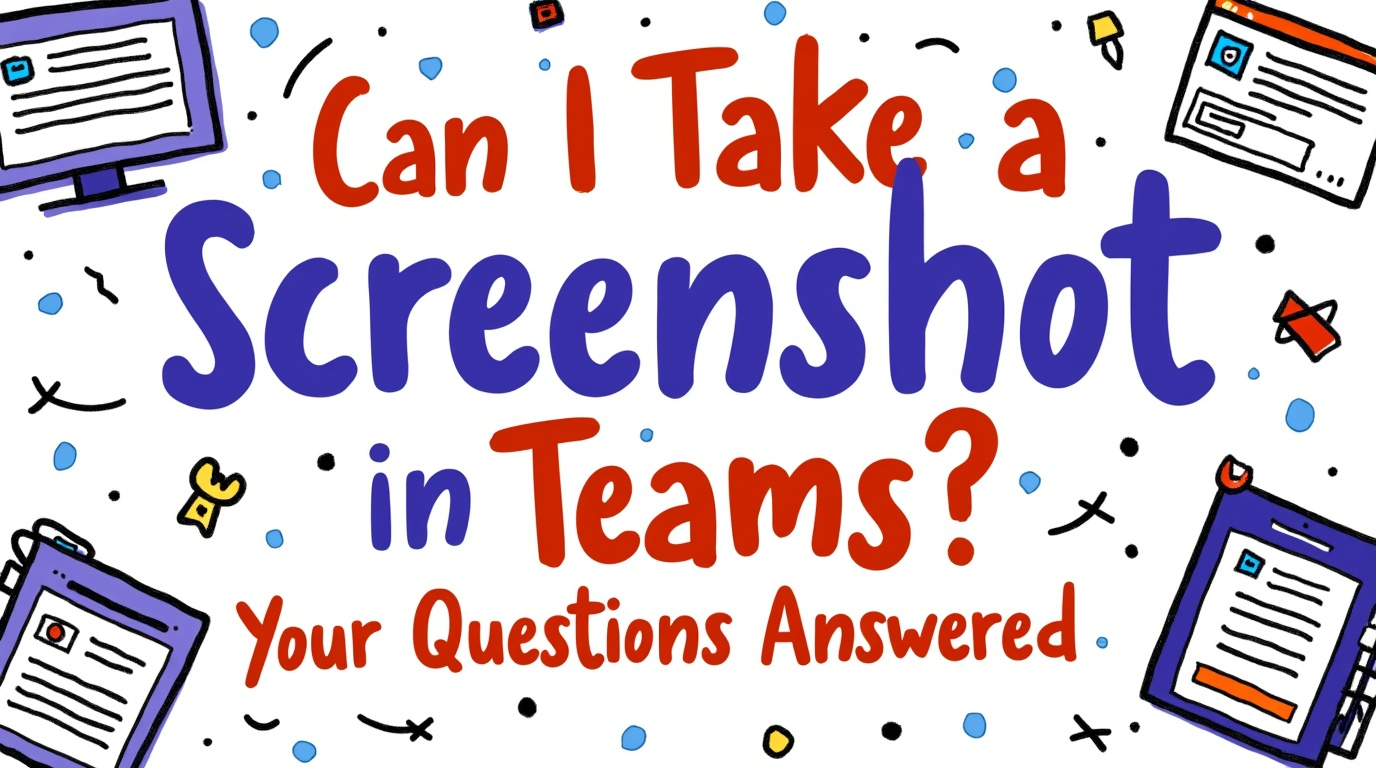

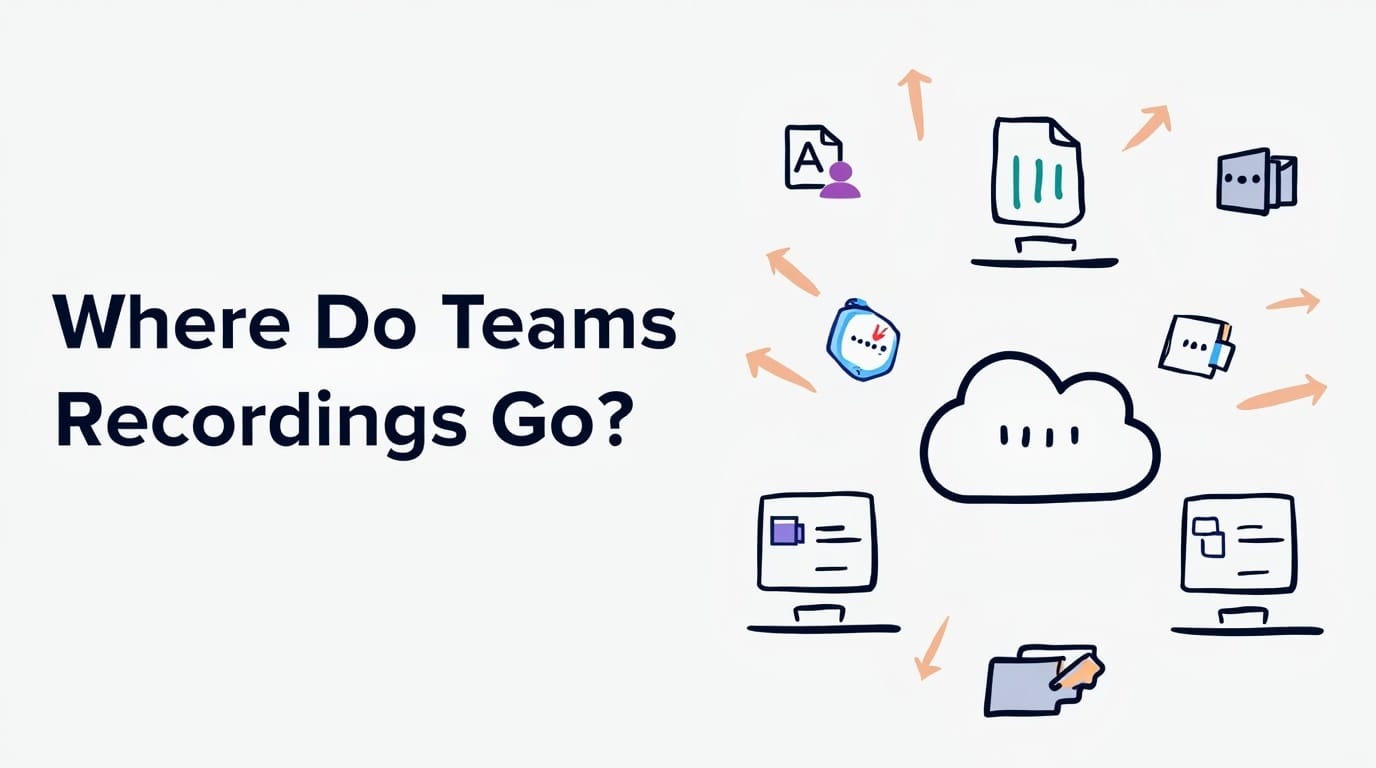

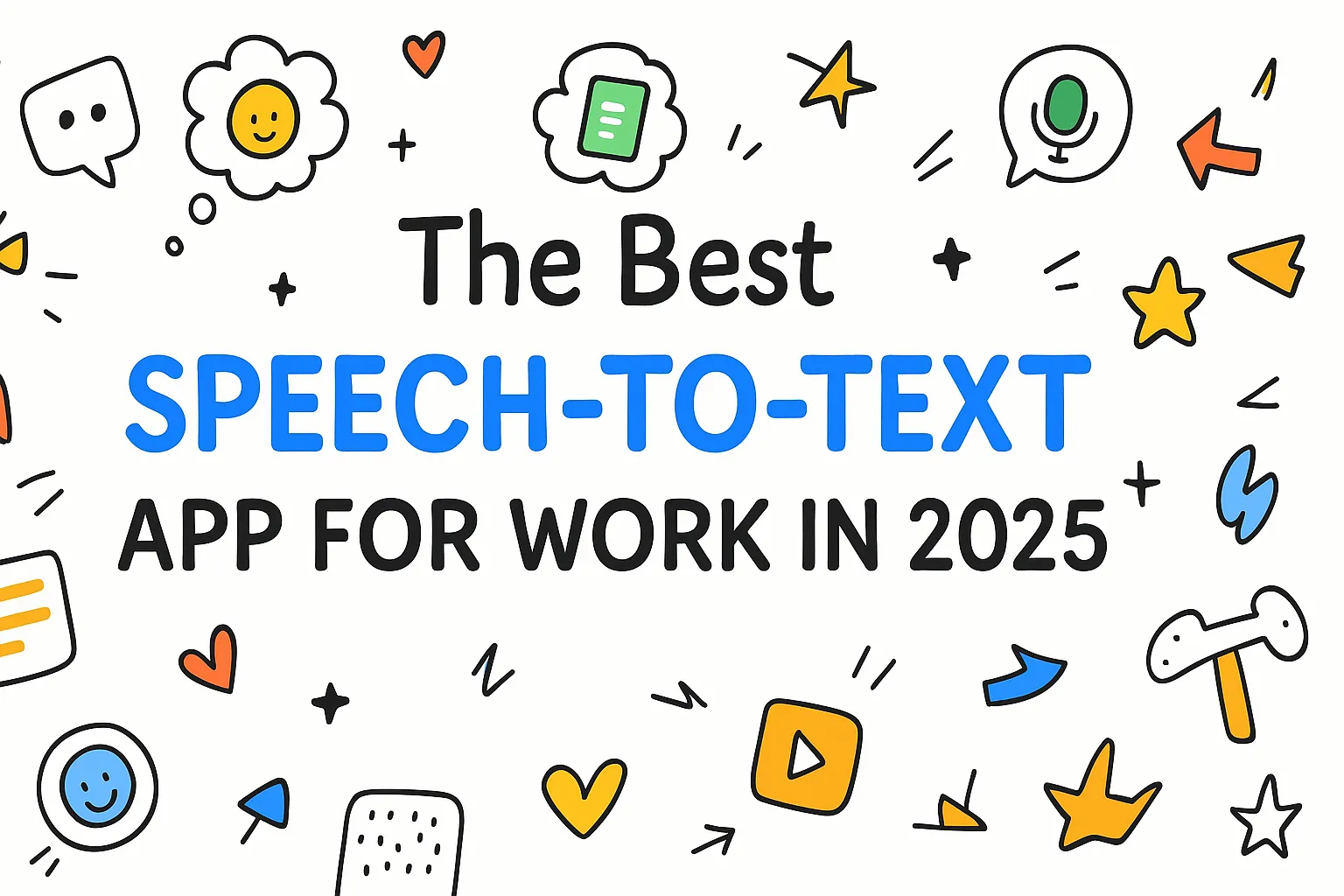




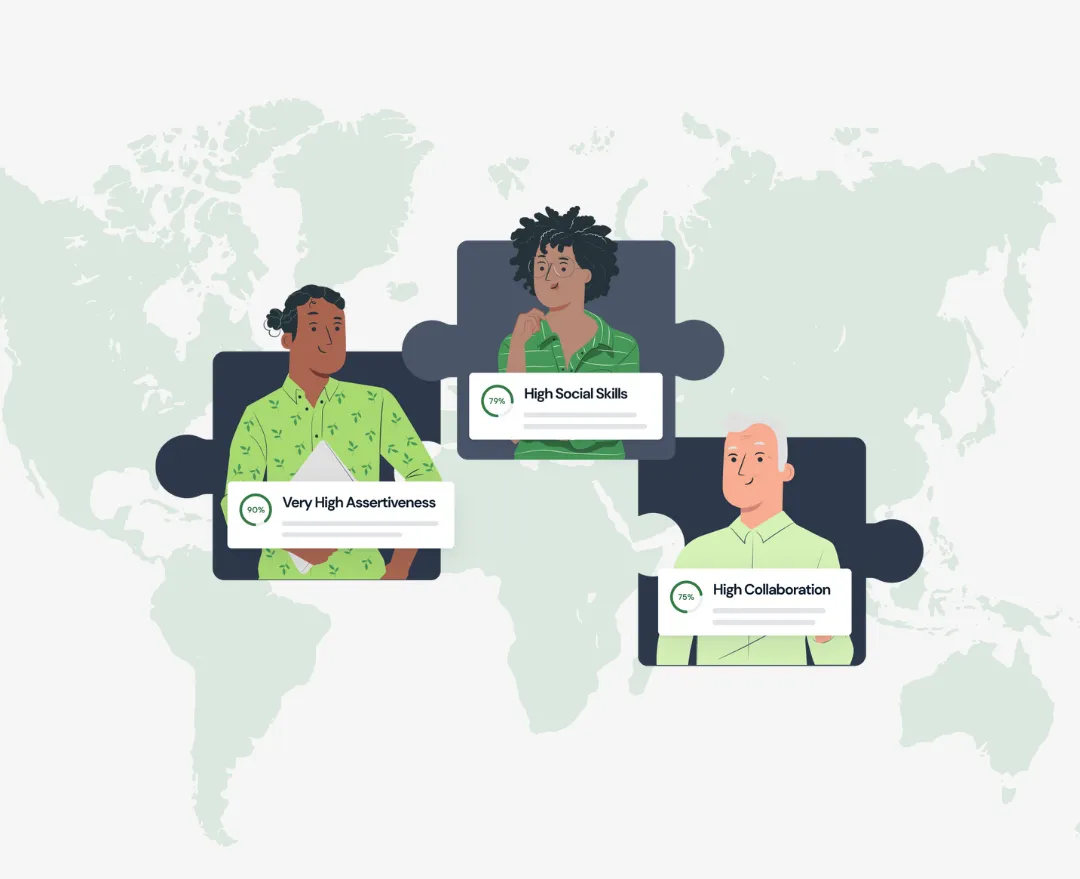
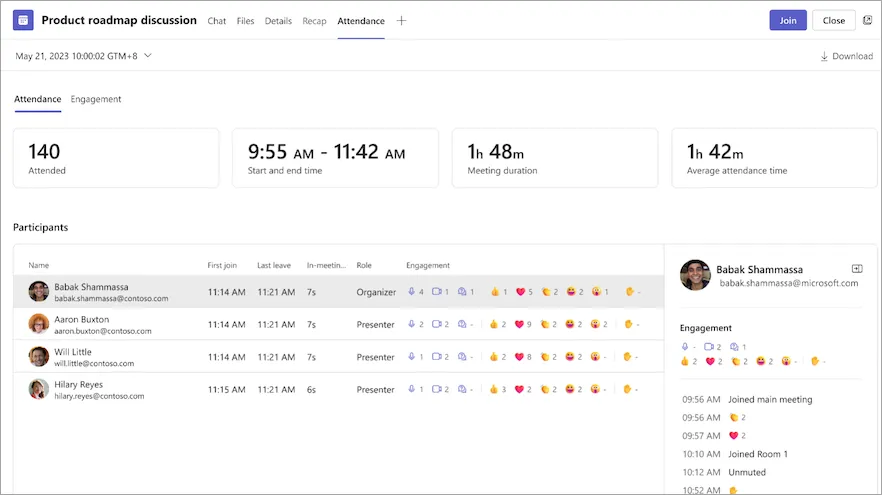

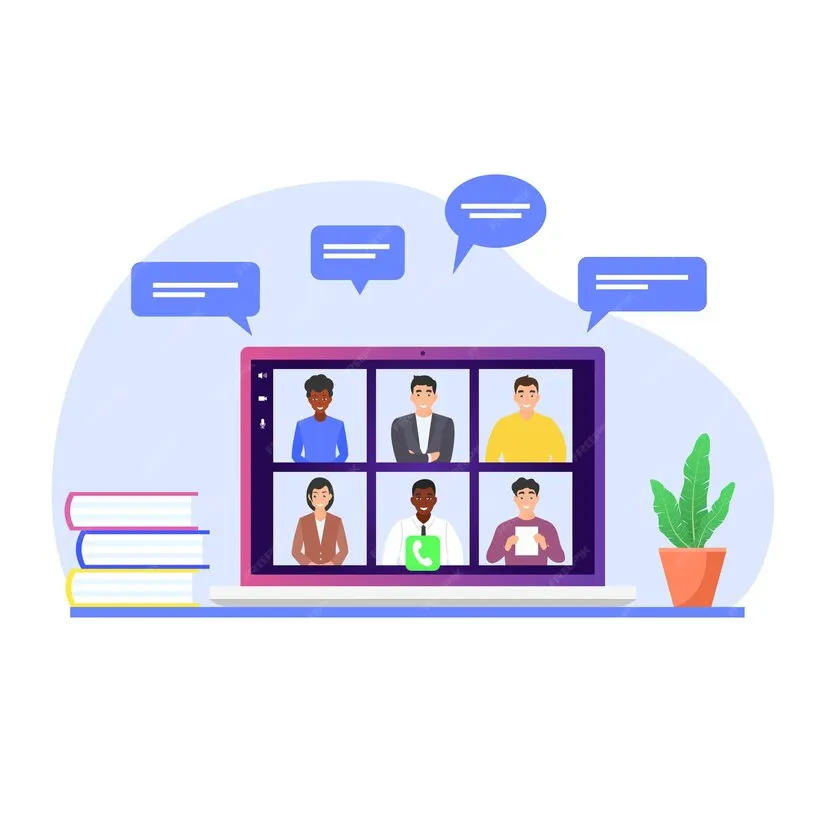








.webp)
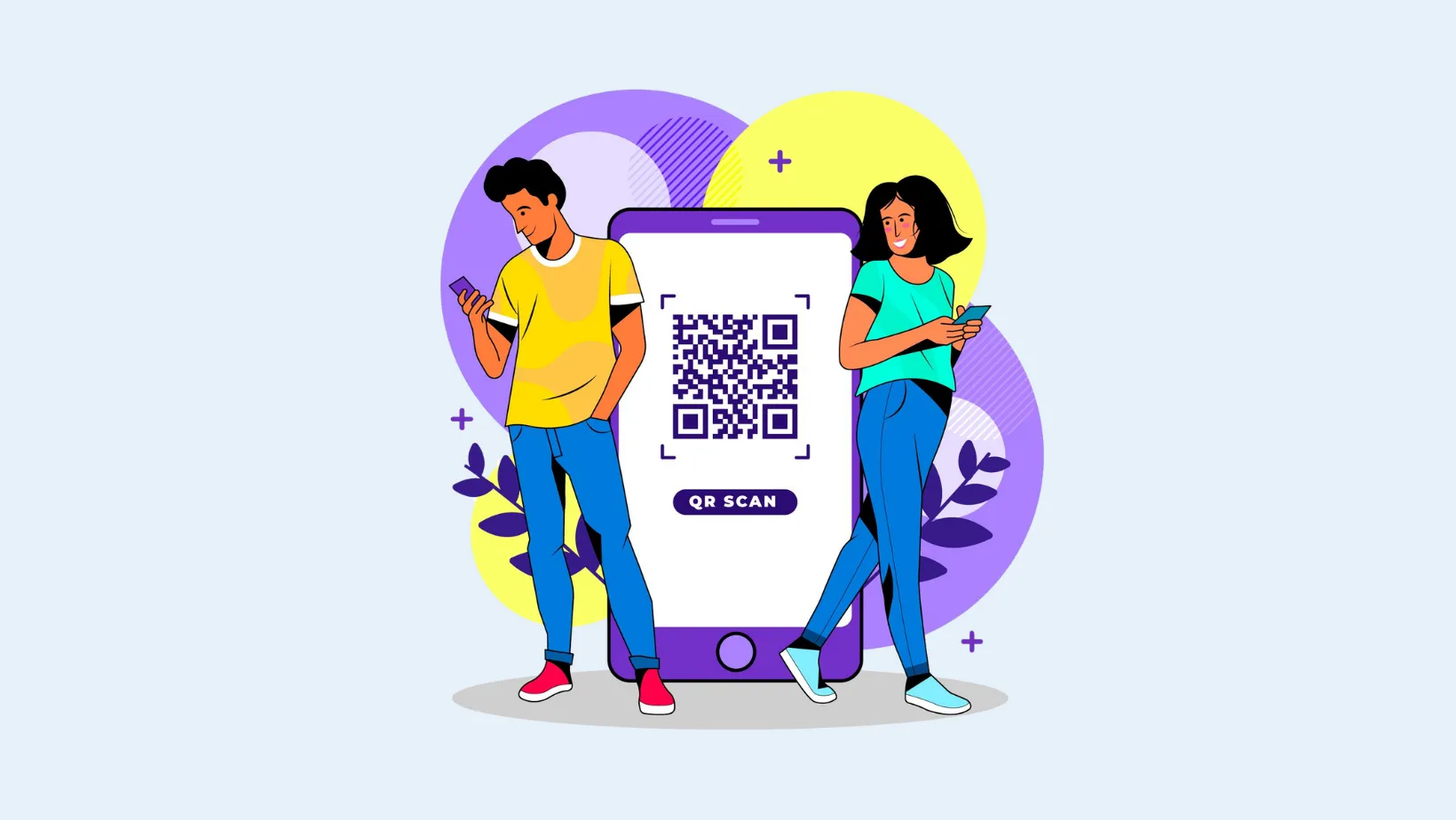
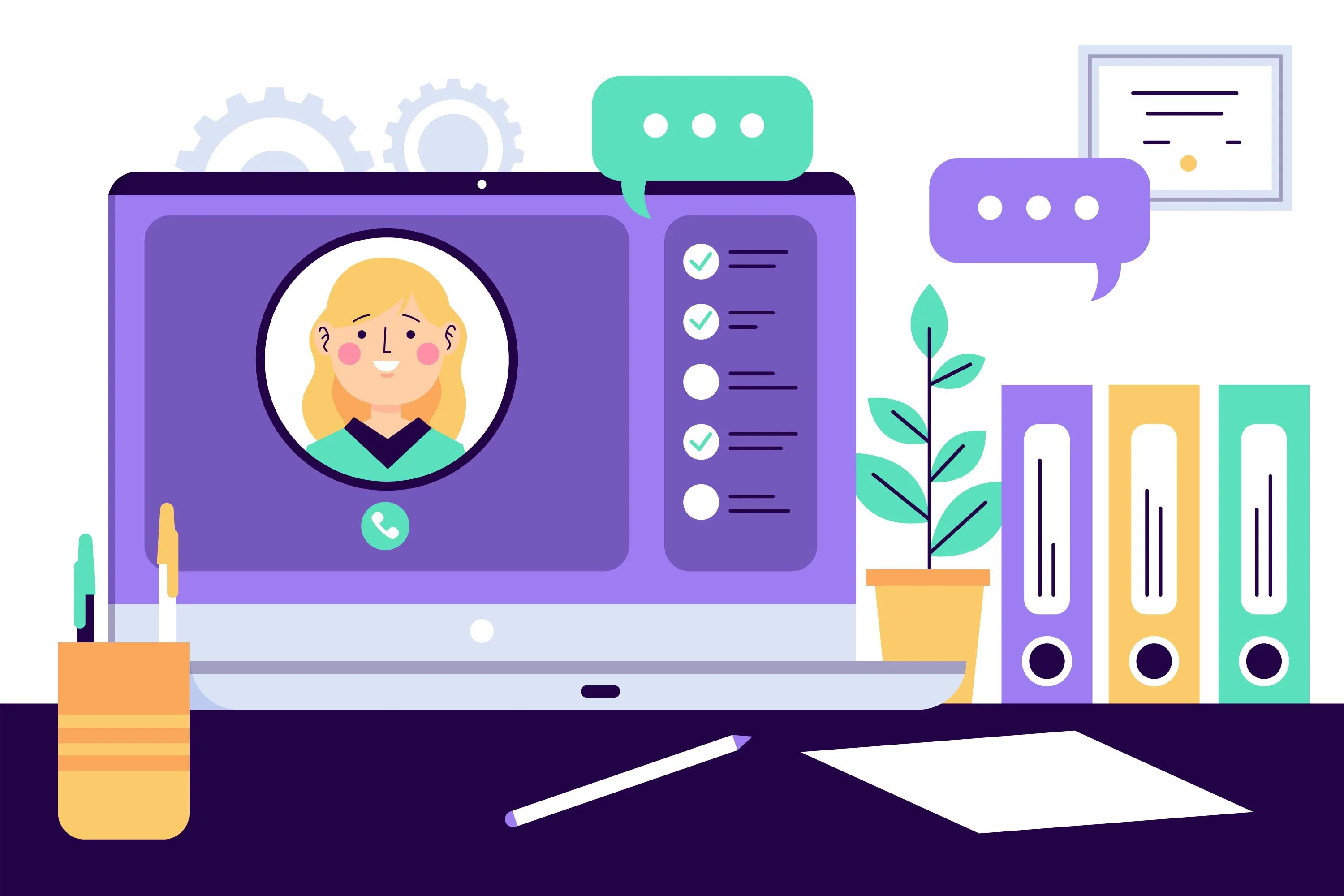





.webp)












.webp)





